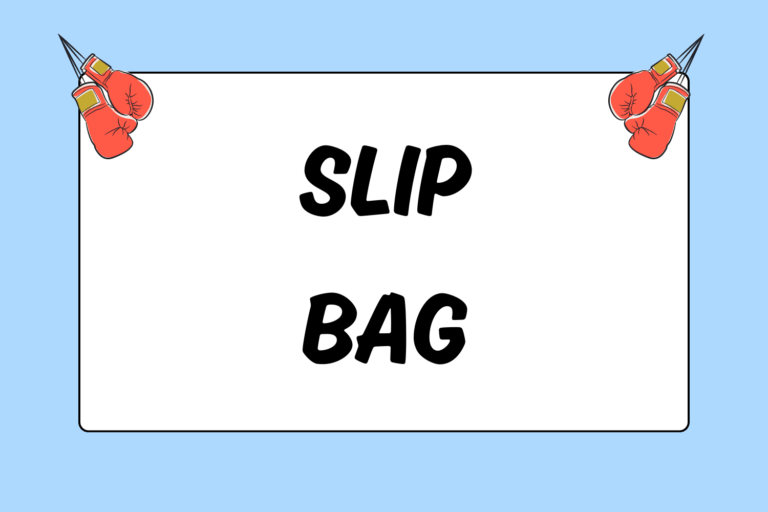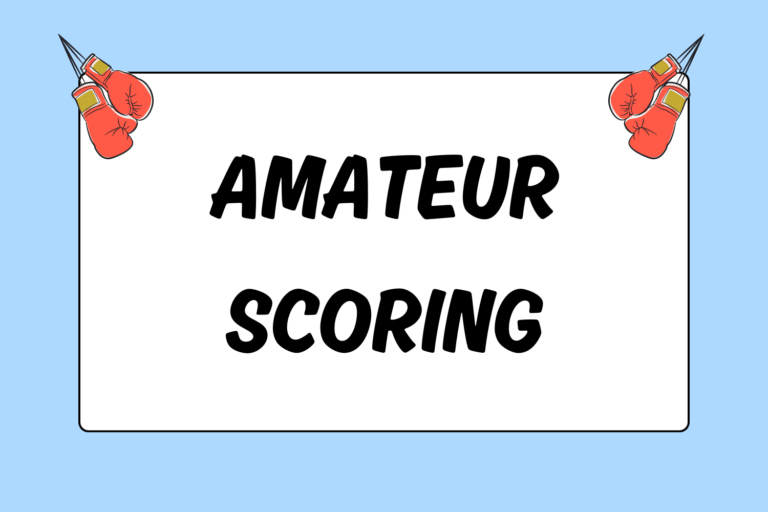Breathing is both a conscious and unconscious function not only for boxers, but for all human beings. It can be controlled during exercise, yet performed flawlessly while sleeping. Breathing is second nature, but learning how to control your breathing patterns and alter your technique can be difficult.
Your heart rate increases and your breathing intensifies when you exercise. In order to be able to optimize your performance during a workout or bout, you need to condition yourself and use proper breathing techniques. This guide explains how to perfect your breathing habits, and reviews how to breathe during a training session or bout.
The Reason We Breathe
When you inhale, air travels down your windpipe and into your lungs. The oxygen from the air is then absorbed into your bloodstream through tiny sacs called alveoli. In the bloodstream, protein molecules known as hemoglobin transport the oxygen to the areas that need it most. Virtually all cells in your body need oxygen in order to perform their assigned tasks. In essence, oxygen gives cells the energy they need to work effectively.
Once blood travels throughout the entire body and is depleted of oxygen, it returns to the lungs from the heart. At this point the blood is carrying waste called carbon dioxide. The carbon dioxide leaves your body when you exhale.
Aerobic Versus Anaerobic
During activity, aerobic exercise uses oxygen as energy. Any type of endurance training is considered aerobic exercise. On the other hand, anaerobic exercise involves short-term, high-intensity training. Anaerobic exercise uses energy sources within the muscles because your body’s demand for oxygen exceeds the amount of oxygen available. Breathing properly increases your oxygen supply while using the least possible amount of energy.
While all sports incorporate both aerobic and anaerobic exercise, boxing can be considered more anaerobic in nature since punch combinations and defensive maneuvers are high-intensity. Professional boxers emphasize the aerobic aspect of boxing more than amateurs since their fights are much longer and often consist of opponents circling and feeling each other out for several rounds.
How to Breathe When Boxing
The ability to control your breathing often makes the difference between winning and losing a bout. The best piece of advice is quite simple: Relax. If you are a novice boxer, there is a very good chance that you breathe too heavily throughout training, and you may have a tendency to hold your breath when throwing punches. Both of these habits have negative effects. Breathing too heavily tires you out quickly, as does holding your breath while punching. In addition, your punch combinations have more power and fluidity if you exhale with each punch.
A slower breathing cycle saves energy and keeps your heart rate down. Do your best to keep a steady rhythm. Many people suggest inhaling and exhaling out of your nose while boxing. Breathing through your nose decreases the number of times you breathe in a given period, thus decreasing the amount of energy used up. You will be absorbing oxygen more efficiently since you are taking in more oxygen with deeper, but less frequent breaths.
Although you should focus on breathing from your nose when at a close range, you can breathe in through your nose and out of your mouth slowly and deeply when you are at a distance from your opponent. A mouth guard consisting of upper and lower levels enables easier breathing through the mouth since there is an air channel in the center.
If you have watched an experienced boxer up-close then you’ve probably heard constant “hissing.” The hissing sounds are the quick breaths expelled while throwing punches. It’s important to link your breath to your movements. By exhaling with each punch, you increase the amount of power behind your punches and allow combinations to flow smoothly and rapidly. Do not hold your breath while punching, because it prevents you from optimizing your movements.
Hot Tip: Be Creative
Be creative as you condition. There is no need to constantly bore yourself with the same routine. Sprint on a track. Swim laps in a pool. Sprint in place with your jump rope. The possibilities are endless. If you challenge yourself, it will truly pay off. Your breathing will improve dramatically as you get in shape.
Ways to Improve
Practice makes perfect. You must practice your breathing in order to effectively breathe when it counts. Wear your mouthpiece while training, so your practice closely mimics a bout. Conditioning also improves your ability to breathe calmly and rhythmically down the stretch of a bout. Fast-paced sprints parallel the anaerobic portion of a bout, and long distance runs correspond to the aerobic aspect of a fight. It’s necessary to incorporate both high-intensity and endurance running in your training.
Medicine ball training is a great way to practice your breathing. For example, throw a medicine ball against a wall for ten repetitions. Exhale with each throw. Take a break, and then repeat for another set.
Core training with a medicine ball also acts as a platform for you to practice your breathing. Working your abs in a controlled manner encourages you to exhale with each movement. As your breathing improves, your control improves.
Stay Relaxed, Be Successful
Most importantly, relax and stay in control. Breathe calmly and exhale with each punch. Exhaling can help you absorb punches from your opponent as well. Again, allow your breathing to mimic your movements. Improper breathing affects your stamina and overall performance, so practice how you breathe. When combined with conditioning and skill training, effective breathing techniques pave the way for success.





